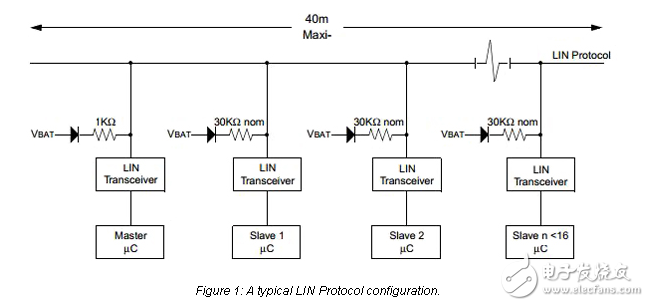
资料下载

工业自动化应用中数据传输的能量采集
工业自动化应用中数据传输的能量采集
本文着眼于工业自动化网络中数据传输系统的能量收集的详细要求,将太阳能和热能系统连接到低功率节点,以及不同协议对能量收集供应的影响。
它涵盖了CAN和LIN协议,与LIN收发器芯片mcp202家族和NXP tja1015能设备,以及EnOcean edk312c,Cymbet CBC-EVAL-09热能量收集开发包。它也涵盖了德克萨斯仪器bq25504电源管理器件提供从能量采集源的收发器的权。
工业网络收发器的电压下降和功耗正在将能量收集带到有线设备上。现在,使用CAN和LIN工业协议的网络可以利用能量收集技术在工厂楼层传输数据。这可能是为了降低能源成本或提供网络节点而无需安装新的电源线,因为这些网络协议不支持与以太网供电(POE)相同的自供电方式。

Using energy harvesting with older generation devices has not been possible, and the 5 V and higher voltages, means the power consumption has been too high. As both CAN and LIN come from the automotive heritage, the original designs support voltages as high as 12 V, but the new process technologies are now driving the transceivers to 3.3 V and below. This heritage means that the protocols are robust and resistant to interference, and the devices are qualified for industrial temperatures.
However, this still means the energy harvesting system requires power management and some storage to take the input captured from thermal, vibrational or solar energy, and provide a high enough power output for the network node.
The different network protocols provide a range of advantages, from the low cost of LIN to the more flexible CAN.
声明:本文内容及配图由入驻作者撰写或者入驻合作网站授权转载。文章观点仅代表作者本人,不代表电子发烧友网立场。文章及其配图仅供工程师学习之用,如有内容侵权或者其他违规问题,请联系本站处理。 举报投诉
- 相关下载
- 相关文章






